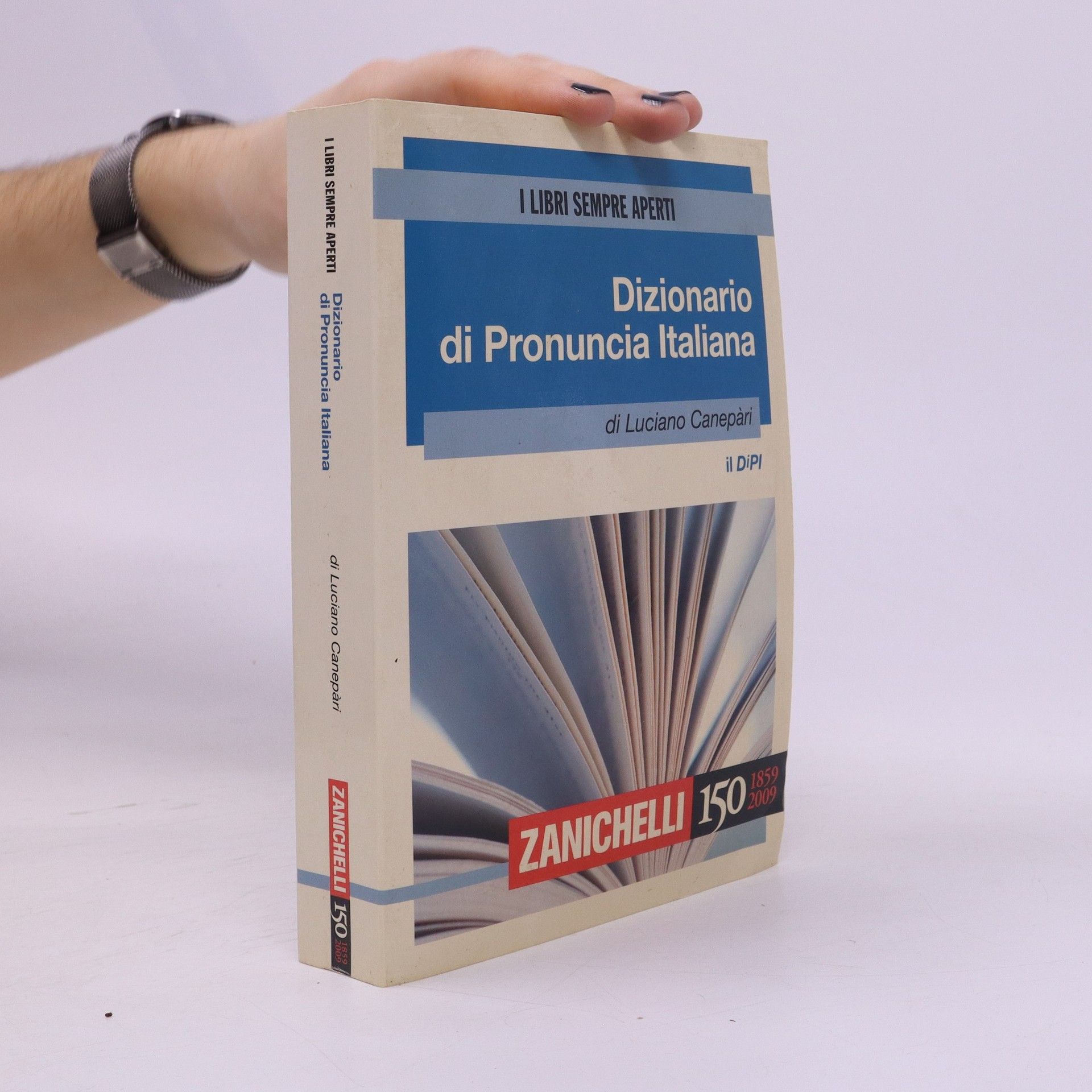This work applies Natural Phonetics & Tonetics to Turkish pronunciation, offering a detailed analysis of its sounds and intonation, surpassing previous studies. It introduces the Natural Phonotonetics Method, applicable to any language, addressing the limitations of the official IPA. The book thoroughly describes Turkish vowels, consonants, structures, and intonation, featuring numerous examples from words, sentences, and conversations, alongside an intonationally integrated IPA passage from ‘The North Wind and the Sun’. It explores various Turkish pronunciations, including international, neutral, mediatic, traditional, and 16 local accents, along with three historical stages. A mini-phono-dictionary lists nearly 6000 words highlighting non-predictable stress patterns, long vowels, and unique consonants that often challenge foreign learners. The book also discusses typical Turkish pronunciation by non-native speakers. The author, Luciano Canepari, trained in British phonetics, developed the Natural Phonotonetics Method and has published extensively on pronunciation across multiple languages. This comprehensive guide serves as a valuable resource for understanding Turkish phonetics and accents. ISBN 9783862887545. LINCOM Studies in Phonetics 20. 281pp. 2016.
Luciano Canepari Livres
19 janvier 1947

